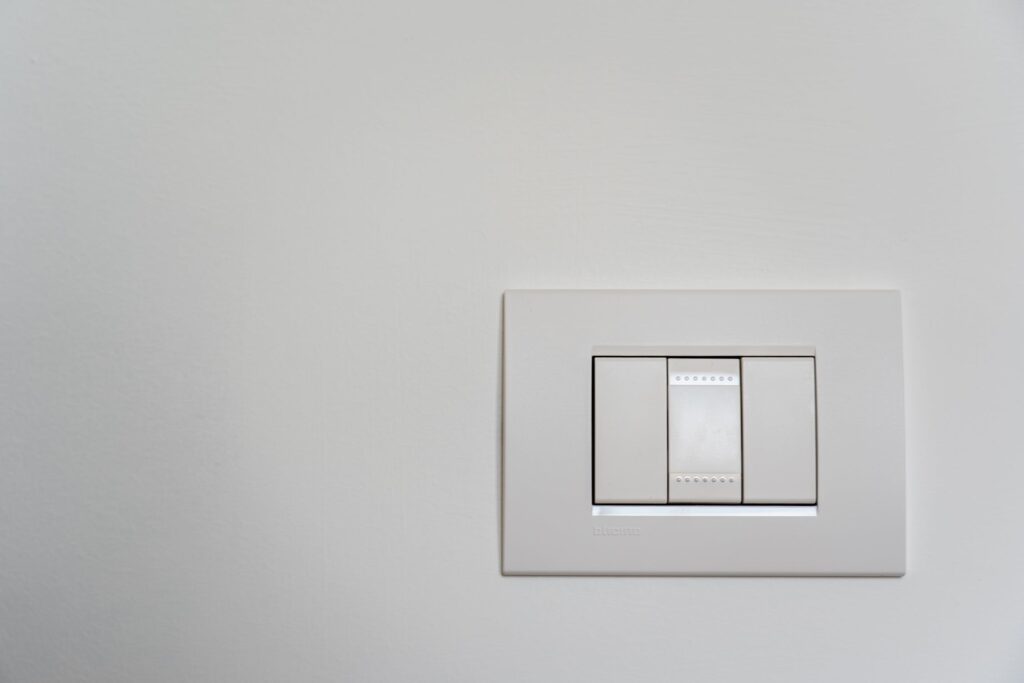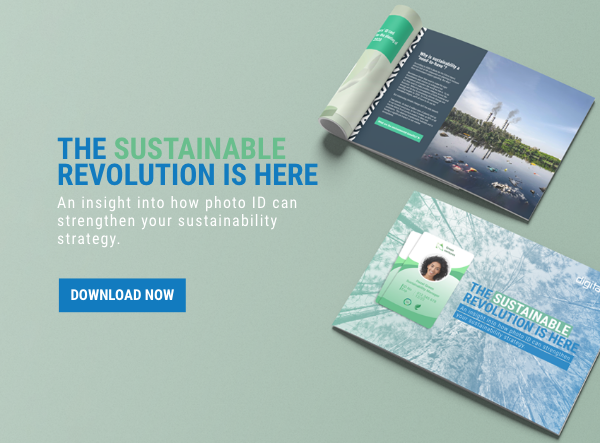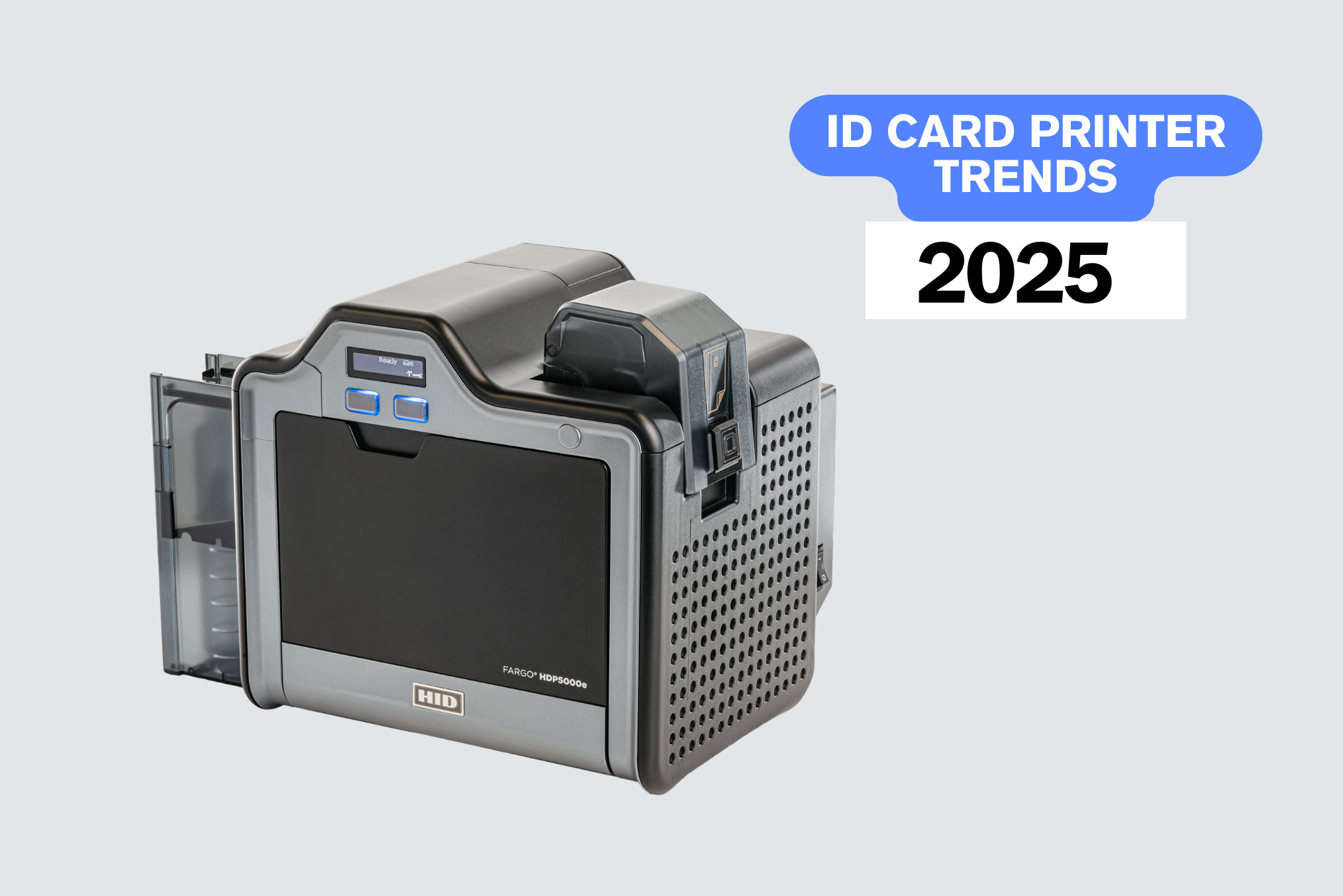For many organisations, sustainability has gone from a “nice to have” to a “need to have” with leading brands creating sustainability strategies.
Changes in legislation and the COVID-19 pandemic have accelerated existing trends, but what can businesses do right now to become more environmentally responsible and sustainable?
Here’s some top tips…

1. Create your very own green team
If your organisation wants to create a sustainable attitude from scratch, it could prove challenging to get 100% of the workforce on board. One way around this is to create your very own green team. Picking an individual or team to kickstart your green initiative will see you accomplish more and mean that your goals are more likely to be met. These people can actively encourage and raise awareness of the project within the workplace.
They can also educate other staff by holding regular training sessions, or they may even wish to create monthly green goal challenges – perhaps a competition between different departments. Activities like this will make it more likely all staff will get on board, plus you get the added bonus of creating an engaging activity employees can get involved with.
2. Introduce a sustainable strategy or policy
Once you’ve got a green team in place, you can then think about the goals you want to achieve. This will vary depending on the nature of your organisation, but creating a blueprint in the form of an environmental policy or strategy is a great place to start. It’s a great way to kick off a company-wide eco-friendly change is to create an environmental policy outlining why you’re making the workplace eco-friendlier and how you’re going to do it.
It could be a good idea to start small, perhaps asking employees to consider the way they get to work, or how much waste they produce at lunchtime. Although it’s important to get employees on board, it’s important to remember not to force the issue on them, but some form of documentation and a plan to get your eco-friendly approach in gear is a great starting point. You might be able to draw some ideas from our own environmental policy.
3. Go paperless
We all know that keeping paper use to a minimum is best, but the truth is the best solution is to not useany at all. With today’s connectivity and technological possibilities, there’s really no need for us to use it anymore! A 2014 report found that if workplaces cut their paper usage by 10%, it would reduce greenhouse gas production by up to 1.45 million metric tonnes. That’s around the same as 280,000 cars per year.
4. Reduce energy usage

Reducing the amount of energy, you consume is not only a great way of saving money; it has direct benefits for the environment too. The less energy you use, the less CO2 is produced while creating it. Aside from taking advantage of natural light where possible, a range of new technologies such as control stations and light sensors are a great way to move to a more sustainable form of energy consumption in the workplace. Replacing traditional incandescent bulbs with LED versions are a great energy saver too; they can use 75% less electricity over a 10-year period.
You shouldn’t stop at lighting either. You can reduce the amount of energy you use by keeping tabs on internally controlled functions such as the air conditioning, heating and even the brightness of your computer screen. While these might seem minor things in the big scheme of things if every business made the changes it would help drastically reduce energy use and help create a more sustainable, less wasteful future.
5. Encourage a greener commute
With more and more organisations making a home-office split the norm following the pandemic, we’re already half way there with this one. But businesses can always do more. Offering employees incentives such as Cycle to Work schemes can really help reduce your company’s carbon footprint in the long term.
Encouraging a greener commute will also instil an environmental ethos into your business, as well as benefiting your staffs’ heath too. It’s also worth thinking about whether you really need to make that site visit trip in the company car – with the amount of video conferencing tools available today, there’s really no need at all.
6. Cut down on single-use plastics

In the current climate, much emphasis has been placed on the importance of personal protective equipment (PPE). It’s true that in certain environments, it’s an invaluable tool that helps protect staff and visitors. Unfortunately, these items are very much “single-use plastics”.
While we can’t break our reliance on such products at the moment, there are plenty of ways to help cut consumption overall and reduce the number of virgin materials we are creating – something companies using PPE might want to implement to offset its usage.
We’re taking the lead in the ID industry and have introduced numerous products over the last few years that incorporate recycled materials. All the personalised lanyards we supply are made from a material produced from single-use plastic bottles. A new form of recycled ID card not only helps give plastic a second life, but it also reduces the amount of PVC used by 50%.
7. Assess your suppliers
Your business will always need supplies such as office equipment and general stationery. Lots of sectors such as educational establishments and local authorities have environmental quotas to meet already, meaning it is crucial they find suppliers that share their eco-friendly ambitions.
The truth is, however, even smaller businesses will be looking for the most sustainable options from now on. In short, when you speak to suppliers you need to make sure they can offer you the most sustainable options.
That’s where people like us come in. We’ve already touched on some of the ways our products are helping to reduce single-use plastics ending up in the waste stream with our eco-friendly lanyards and ID cards and we’re getting even more ambitious. Over the next few years, our aim is to offer the most environmentally conscious and sustainable products in our sector. Whether that’s embracing new mobile credential technology that cuts plastic use further or finding materials that eliminate it completely.
8. Plant some trees
Ok, you might be able to have a desk plant on your desk, but how can your workplace plant a tree, you might be asking. Well, quite easily actually. There’s lots of initiatives including OneTreePlanted.org. Planting new trees helps to absorb harmful emissions and boosts reforestation efforts.
For some of our customers, you might already have helped plant a tree and not know about it; for every EasyBadge and Magicard printer sold through Digital ID, we plant a tree! There’s plenty of other ways you can get involved though. You can find more info here.
Is your company ready for the eco revolution?
Wondering how photo ID can strengthen your sustainability strategy? We’ve got an all-new guide that looks at why you should be prioritising sustainability and how even photo ID and access control can contribute towards a more eco-friendly approach in the workplace.
Just click on the picture or button below to download your free copy.




